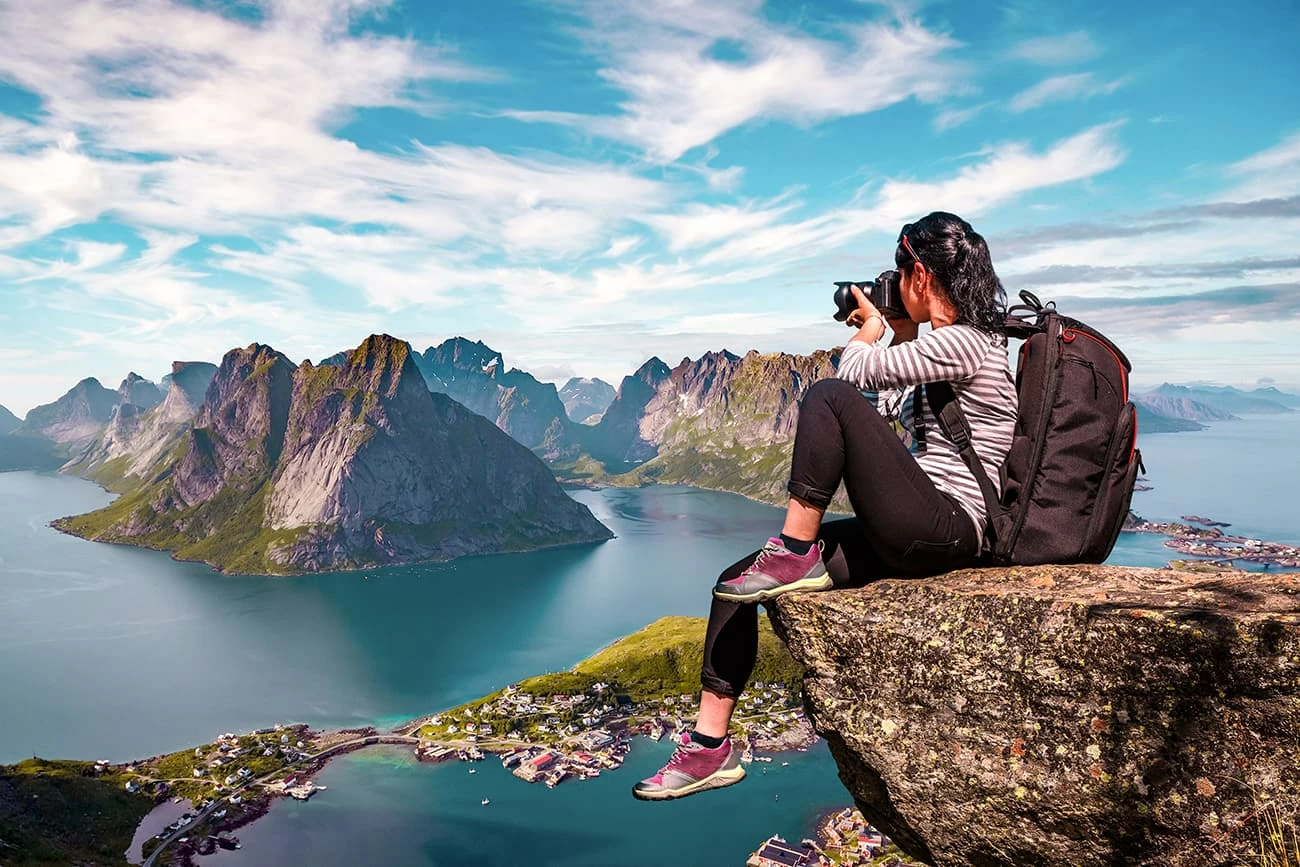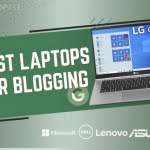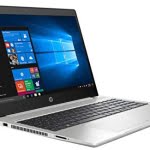
As a professional photographer who runs my own blog, I know first-hand how having a solid camera can do wonders for your blogging pursuits. No matter which blogging niche you’re in, pairing your words with stunning images or videos is bound to enhance your viewers’ experience.
So, what are the best cameras for bloggers? And more importantly, what should you look for when choosing the ideal camera for you? In this article, I answer both of these questions by providing detailed reviews of the best cameras for blogging in 2022. I draw largely from my 15+ years of photography expertise and from my experience as a blogger.
I’ll also guide you on important factors to consider before making your decision. You’ll find a selection of cameras in this article suitable for a variety of blogging and vlogging niches, including travel, food, lifestyle, fashion, and beauty!
Contents
WHAT IS THE BEST CAMERA FOR BLOGGING?
Before we go into detailed reviews of the best blogger cameras, it’s important to identify what you should look for when choosing the best camera for you. There are tons of factors to consider when looking for the best camera for bloggers, so let’s dive right into some of the most important ones.
WEIGHT & SIZE
Typically, a good camera for blogging is lightweight and compact so that you can easily bring it with you no matter where you go. This is especially important if you’re a travel or lifestyle blogger because you’ll want a small and portable device that complements your on-the-go lifestyle.
Be sure to check out the weight of the cameras (which I provide in each review) to make sure it suits your requirements.
FULL ARTICULATED / TILTING LCD SCREEN
If you plan to vlog or create high-quality videos, it’s important to look for a camera that has either a fully articulated or tilting LCD touchscreen. This will allow you to shoot from flexible angles and to be able to see yourself while you’re recording.
If you’re planning to create captivating vlogs or take high-quality selfies, make sure to look out for it when choosing your camera. (Almost every camera recommended in this guide has this feature.)
4K VIDEO RESOLUTION
If you plan to vlog, then consider choosing a camera with at least 4K (3840 x 2160) video resolution so that your videos will look crisp and clear even on large-screens. You could settle for cameras with only Full HD (1080p) resolution, but this will risk your content appearing pixelated when zoomed in or blown up.
Most cameras used by bloggers who are serious about video quality have the ability to shoot 4K, and it’s a feature you should definitely look for especially if you’re planning to start your own YouTube channel. (Almost every camera recommended in this guide offers at least 4K resolution.)
LOW LIGHT PERFORMANCE
If you’ll be shooting in low-light conditions (such as sunrises and sunsets) or places that lack natural lighting (which is likely if you’re a travel, lifestyle, or food blogger), then it’s important to look at the ISO range of your potential camera.
For beginners, the ISO is your camera’s sensitivity to light. As you increase the ISO, your camera’s sensor will capture more light without opening up the aperture or reducing the shutter speed. You’ll therefore want to consider a camera that has a large ISO range (such as the Sony A7 III) as well as low-noise at high ISO settings to ensure the best image quality.
AUTOFOCUS PERFORMANCE
Fast and accurate autofocus is definitely an important thing to look for in the best camera for a blogger. To get the sharpest and clearest photos and videos, you need your camera to be able to focus on your subject quickly and accurately.
Ideally, your camera should also be able to lock focus on moving subjects and track them wherever they go. This comes in especially handy for fast movement selfies (for fashion and lifestyle bloggers) and when capturing wildlife (for travel bloggers). Look out for the number of focus points in the cameras in this guide; the more it has, the better it will be at tracking moving subjects.
MAX BURST RATE (CONTINUOUS SHOOTING SPEED)
If you plan to capture lots of fast movement shots, then you should consider the max burst rate (AKA continuous shooting speed) of a camera. The max burst rate is the number of consecutive shots your camera can take before the buffer (the camera’s internal memory) is full. This is measured by FPS (Frames Per Second).
For beginners: to shoot continuously, you will need to put your camera on the continuous shooting mode and hold down the shutter button after pressing it. Your camera will then take quick consecutive shots without pause to capture fast movements such as dress-flicking and running.
If you’re a fashion, travel, or lifestyle blogger who plans to take tons of dynamic photos (be it wildlife or dress twirls), then consider getting a camera with a max burst rate of at least 10 FPS — the higher the better, obviously. Be sure to also use a fast memory card such as the SanDisk 128GB Extreme PRO.
AUDIO QUALITY
If you plan to vlog, then you need a camera with reliable audio quality. Typically, a good camera for video blogging will come with at least a microphone port and ideally even a headphone jack to help you monitor audio.
Most cameras recommended in this guide have at least a microphone port, and one of them (the Sony A7 III) has both a microphone and headphone jack. It can be hard to find a camera that comes with both and that is still portable enough for blogging, but luckily there are many ways you can add a headphone jack to your camera even if it doesn’t come with one.
BUILT-IN IMAGE STABILIZATION
If you plan to shoot handheld (whether it’s photos or videos), then getting a camera with built-in image stabilization is a huge advantage. This feature will allow you to achieve smooth and blur-free photos and videos even if your hands are shaky or if the lighting is dim.
If a camera doesn’t have built-in image stabilization, you can simply pair it with a lens that comes with image stabilization, if this feature is important to you. If that’s the case, make sure the camera isn’t a point and shoot since it wouldn’t allow you to change lenses.
RANGE OF LENSES
Another thing to consider when looking for the best cameras for bloggers is the range of lenses the camera is compatible with. If you’re a photography beginner who’s literally just starting out, then this might not be as important to you, and you’ll probably be happy with simply a point and shoot such as the Panasonic Lumix LX10 (which has fixed lenses).
But if you’d like to have more creative control, then consider choosing a camera like the Sony A6400 or the Olympus OM-D E-M5 Mark III, which are compatible with a wide selection of prime, wide-angle, macro, and telephoto lenses.
POINT AND SHOOT VS. MIRRORLESS VS. DSLR
Last but not least, consider what kind of camera you’re looking for. Here’s a very basic rundown of what you can expect from the three kinds of cameras available.
POINT AND SHOOT: A BEGINNER’S BEST FRIEND
Point and shoot cameras are typically the most lightweight, compact, and portable photo devices. They also provide the least amount of creative control compared to mirrorless and DSLR cameras. If you’re a beginner who just wants a simple device that fits in your pocket and are happy to let the camera decide what’s best for the photo, then get a point and shoot.
MIRRORLESS: THE BEST MIX OF QUALITY & PORTABILITY
Mirrorless cameras are bigger and heavier than point and shoot cameras. They also offer a lot more creative control and better performance in general. These cameras have larger sensors, so you’ll get better details as well as better image quality in low-light situations.
Mirrorless cameras also typically provide the best video quality due to their live view autofocus. You can find many mirrorless cameras in this guide such as the Canon EOS M50 that perform just as well as DSLRs.
DSLR: A PROFESSIONAL’S GO-TO
DSLRs are typically used by professional photographers and those seeking the ultimate image quality. However, generally speaking, there isn’t any discernible difference between the results of many high-quality mirrorless cameras (especially the ones with full-frame sensors) and DSLRs.
DSLRs are typically heavier, bigger, and more expensive than mirrorless cameras, which is why only one of them (the compact Canon EOS 6D Mark II) is recommended in this guide.








